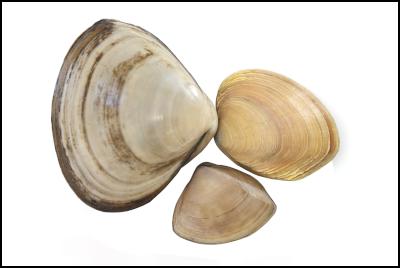Media Statement – For immediate release
13 October 2013
Live Seafood Trade to Australia Realistic Prospect

The New Zealand seafood industry is looking to realise $100 million worth of live seafood exports a year to Australia.
The announcement at the beginning of the month by the Minister of Primary Industries, Nathan Guy, that his ministry has scheduled work on how to get a live trade with Australia functioning, and the development of Precision Seafood Harvesting, which brings fish on board alive, have given an impetus to the prospects of live seafood exports to Australia.
The Chair of Seafood New Zealand, Eric Barratt, says exclusive restaurants and retailers in Australia are likely to pay a premium for many seafood species if they are delivered alive rather than frozen.
He says there is much technical and negotiation work still ahead to have trade arrangements secured.
“Biosecurity is important for both countries, and Australian scientists and officials will want to assure themselves that there is minimal risk of a new species of fish, or any associated organisms, from New Zealand, establishing themselves in Australia as a result of exports,” Eric Barratt says.
New Zealand already exports live seafood to many parts of the world, with rock lobsters consignments to Hong Kong/China being the largest single earner. Other seafoods exported live from New Zealand include paua, mussels, clams, oysters and eels.
“For years we haven’t seriously worked on a trans-Tasman live trade,” Eric Barratt says. “We did have green mussels going there in the early days of mussel farming and even some oysters up to the 1990s. But Australia took a precautionary attitude and exports stopped. We feel that technically there are now the tools and trade regime to open up exports again.”
Eric Barratt says the most likely initial exports are bivalves, in particular surf clams. Total Allowable Commercial Catches for surf clams, such as tuatua, were substantially increased earlier this year.
“This sort of seafood can be packed in small consumer packs, which present less of a biosecurity risk, and they can be kept alive quite happily for a long time in those packs,” he says.
“The other prospect is with live fin fish which will be caught in our new Precision Seafood Harvesting system. The fish are landed on board our vessels live. That’s a very exciting prospect for an export industry.”
“There’s a lot of water to flow before we are underway. Apart from the trade protocols, we have a lot of technical work to do before we can transport any volumes of live fin fish, and then we need to market the exports as well. All of this takes time.”
The Chair of the Sydney Fish Market, Graham Turk, is likewise enthusiastic about the prospects of New Zealand live imports into Australia, once any biosecurity issues have been resolved.
“It’s an exciting opportunity. There’s a large and growing market for live seafood of all kinds here,” he says. “Live is the ultimate in freshness and we’d be happy to handle that product as we already do with present seafood exports to Australia from New Zealand.”
Graham Turk predicts a high demand for live seafood from Australia’s Asian communities. “There are also many Asian visitors to Australia, and I’d see restaurants catering to this market with your live seafood to select from.”
Note
Rock Lobster exports to China are by far the biggest value live export – $237,224,978 FOB in the 2013/2013 year
The biggest markets by species are;
Paua to China - $276,946
Mussels to US - $201,370
Eels to Republic of Korea - $1,512,764
Scallops to Tahiti – $20,652
Pacific oysters to New Caledonia - $1,023,051
ENDS



 Financial Markets Authority: Westpac Admits To Misleading Representations That Resulted In $6.35m In Overcharges
Financial Markets Authority: Westpac Admits To Misleading Representations That Resulted In $6.35m In Overcharges Bill Bennett: Download Weekly - Review Of 2024
Bill Bennett: Download Weekly - Review Of 2024 Bill Bennett: One NZ scores worldwide first as Starlink direct-to-mobile launches
Bill Bennett: One NZ scores worldwide first as Starlink direct-to-mobile launches Hugh Grant: How To Reduce Network Bottlenecks
Hugh Grant: How To Reduce Network Bottlenecks Dominion Road Business Association: Auckland Transport's 'Bus To The Mall' Campaign: A Misuse Of Public Funds And A Blow To Local Businesses
Dominion Road Business Association: Auckland Transport's 'Bus To The Mall' Campaign: A Misuse Of Public Funds And A Blow To Local Businesses Parrot Analytics: A Very Parrot Analytics Christmas, 2024 Edition
Parrot Analytics: A Very Parrot Analytics Christmas, 2024 Edition



